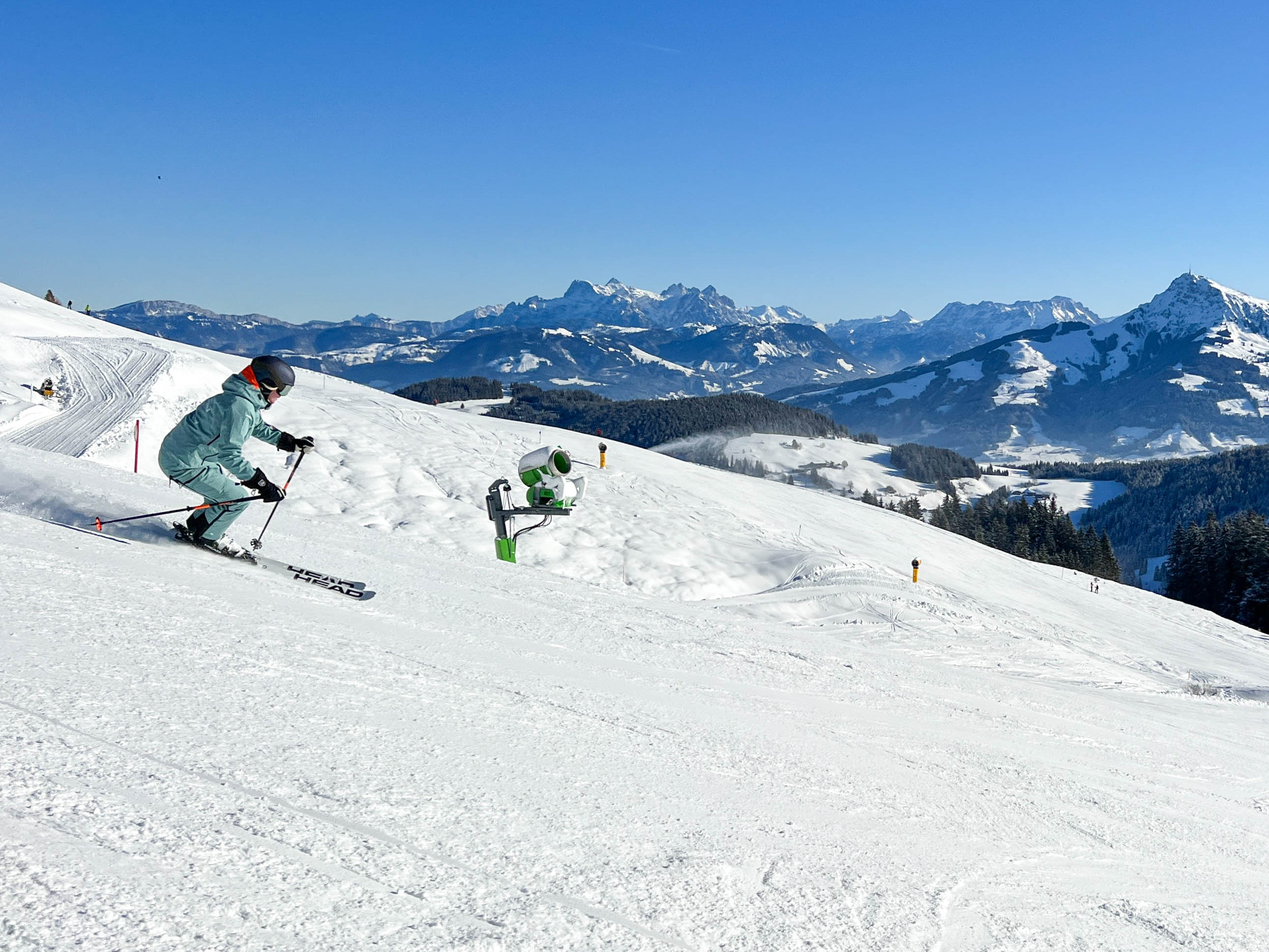

Since the invention of artificial snow, there has been a raging debate over whether it's good, whether it's necessary, and what its effects are on the environment. In 2017 there was talk of artificial snow perhaps not being as bad as some people make it out to be, but researchers at the University of Natural Resources and Life Sciences, Vienna have found that artificial snow is indeed harmful to the environment, as reported in Tirol.orf .
Is artificial snow "climate neutral"?
In 2017, researchers from the Joanneum research agency in Styria, Austria concluded that artificial snow was climate neutral. They came to this conclusion based on a study on ski resorts in Tyrol, Austria that appeared to show that the cooling effect of artificial snow compensates for the carbon emissions produced when it's made. Snow reflects the sun and absorbs less radiation, meaning that the ground underneath does not heat up as quickly. Indeed, this is one reason why melting glaciers breed more melting glaciers. Thus, according to the results of the Styrian study, artificial snow may even have a positive change on the climate, as it reduces the amount of heat absorbed by a ski slope.
Doubts
As with any scientific study, there were doubts expressed over the conclusions of the Styrian study. Experts from Austria's Central Institution for Meteorology and Geodynamics as well as meteorology and climate researchers at the University of Natural Resources and Life Sciences, Vienna drew attention to the fact that the researchers had used overly simplistic research methods to prove their point. It is true that snow reflects the sun, but some experts say the effect may be much weaker than previously assumed.
The StartClim project
Since 2003, Boku has been at the head of the StartClim research project, which brings together various Austrian researchers who are concerned with climate change and its effects. The results are published in an annual report every year. The most recent and remarkable study of the StartClim project is 'SnowAlb', which studies the effects of artificial snow on the environment.
A new radiation model
To compensate for the oversimplified research methods used in the last study, researchers from the University of Natural Resources and Life Sciences, Vienna and Austria's Central Institution for Meteorology and Geodynamics developed a new radiation model and applied it to the slopes in the Skicircus Saalbach Hinterglemm Leogang Fieberbrunn. This model takes many more variables into account, including the shadow of the trees on the snow, reflection of the snow on opposite slopes, and natural snow cover. Trees alone were found to be capable of reflecting between 16-46% of radiation! Overall, researchers found that the previous study may have been too optimistic by a factor of about 6 when all factors were taken into consideration.
Artificial snow sources matter
The carbon emissions of artificial snow production vary greatly depending on where a ski resort gets its water and energy. Eco-conscious ski resorts are now looking into sustainable methods of production, with some using wind turbines or solar panels to power their snow cannons. Other resorts trap rainfall in the summer months and re-use it for artificial snow during the winter instead of draining lakes. Most snow cannons don't work unless temperatures are low enough, so even with artificial snow, climate change is a real threat to the ski industry. One alternative solution is snow farming, whereby ski resorts cover large swathes of snow with insulating material such as sawdust or tarpaulin over the summer months, which helps preserve it for the next winter. The practice is gaining popularity in the Alps and has led to early-season openings at some resorts.















